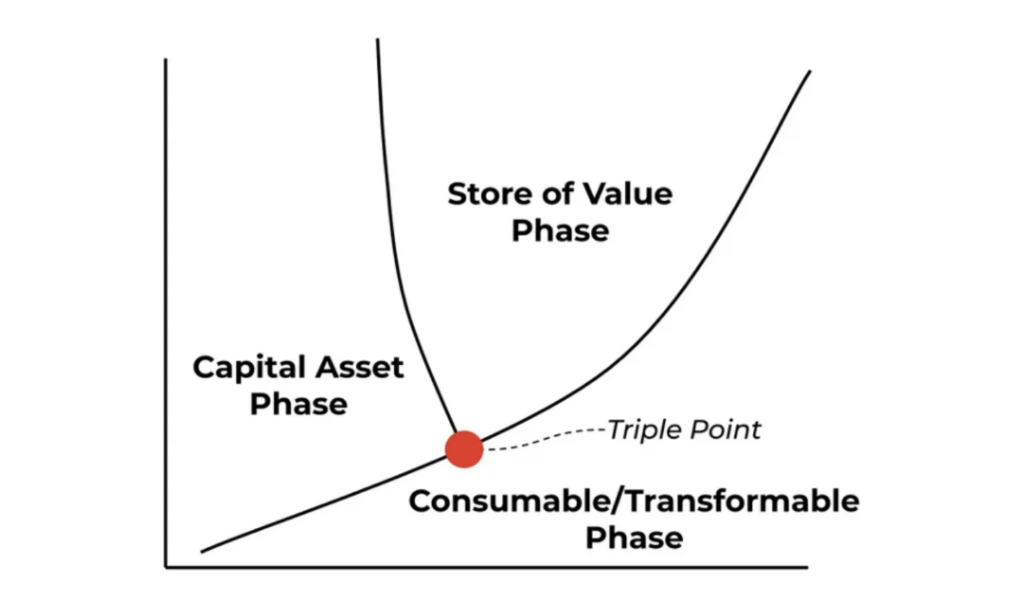Amid tensions within some parts of the Ethereum ecosystem, Vitalik Buterin has outlined proposals for Ethereum’s L1 and L2 scaling, focusing on data throughput and proof systems to meet network requirements.
In his last blog postdescribed blob capacity expansions and coordinated interoperability initiatives aimed at simplifying cross-chain operations. The post highlighted a plan to balance technical solutions with Ethereum’s social structure, emphasizing that a single chain cannot meet all needs without risking decentralization. Buterin suggested that better security on L2s through multiple test systems and standardized bridges could ease assumptions about trust, while allowing different networks to experiment with different virtual machines.
Buterin highlighted the role of ‘blob’ space expansion as an immediate solution to alleviating layer 2 congestion and suggested that Ethereum’s base layer must meet growing data needs. The ecosystem currently processes about three blobs per slot (about 210 transactions per second), although updates called Pectra and PeerDAS could double or triple this throughput.
He emphasized the need for a coordinated roadmap, with deployment mechanisms that may adapt blob targets to technical improvements. Buterin also mentioned more experimental concepts, including partial trust assumptions for stakers with fewer resources, although he advised caution against designs that risk undermining Ethereum’s core principles.
He explained that interoperability is a central priority. Rollups function as unique shards managed by different entities, leading to inconsistent message passing standards and address formats. This has created fragmentation for developers and users, motivating the call for cross-chain tools that ensure reliable security instead of relying on multisig bridges.
Buterin proposed uniform methods for verifying proofs, accelerated deposit and withdrawal times, and chain-specific addresses, including identifiers for each layer 2 environment. Some developers see this approach as an important step toward user-friendly cross-chain navigation, although Buterin emphasized that enforcing explicit security guarantees remains critical for all implementations.
Protecting the ETH value in the Ethereum ecosystem
The post also touched on economic incentives to strengthen ETH as a three-point asset, noting that a combination of charging fees on rollups, ongoing data charges from ‘blobs’ and on-chain revenue from potential maximum recoverable value channels could increase monetary role of Ethereum. .

He said the ecosystem system needs that
“broadly agreeing to cement ETH as the primary asset of the larger (L1 + L2) Ethereum economy, supporting applications using ETH as primary collateral, etc.”
He argued that rollups should consider pouring some fees back into Ethereum’s ecosystem, possibly through permanent staking or targeted public goods funding. However, he cautioned that fee structures and demand remain uncertain, and that no mechanism guarantees long-term price support for ETH.
Layer-2 adoption and rollups are currently driving ecosystem growth, but Buterin emphasized that a full transition to rollups will require both technical advancement and social coordination. He urged developers to focus on production-ready pilot systems, shared sequencing solutions and standards that unify cross-rollup operations.
He also invited wallet providers to implement new address formats and bridging protocols, explaining that achieving these goals will require direct collaboration between the Ethereum Foundation, client teams and layer 2 projects.
Buterin’s post ended with a reminder that Ethereum’s social ethos underpins its technical blueprint, referencing the community’s role in supporting a decentralized project. He called for direct involvement of all stakeholders, including token holders, who can influence roadmap decisions by participating in governance and open discussions.
He noted that the evolution of the network depends on balancing capacity to scale, maintaining security, and maintaining a cohesive user experience. The final message called for continued collaboration to ensure Ethereum remains an open platform that can support widely used decentralized applications.
The leadership and financial steps of the Ethereum Foundation
The post comes amid community divisions and a restructuring of the Ethereum Foundation’s leadership as it focuses on strengthening developer collaboration while adhering to core values like decentralization and privacy. In an effort to remain neutral in political matters, the Foundation continues to emphasize its commitment to advancing the development of protocols without engaging in ideological or lobbying activities.
However, Buterin’s role as co-founder has been endlessly debated on social media, with some asking him to get more involved in Ethereum projects and NFT collections, while others pushing for complete neutrality.
The community is pushing the narrative that Ethereum’s success depends on maintaining both a robust L1 and a thriving L2 ecosystem that can accommodate different use cases. Buterin’s blog underscored the importance of flexible, yet trust-minimized systems, calling for L2 adoption that reflects early visions of Ethereum’s fragmented architecture.
He argued that prioritizing blob transit and shared rollup standards would allow developers to refine DeFi, social applications, enterprise solutions and more. He also pointed out the need for uniform address formats, faster transaction finality, and cross-chain messaging protocols so that users can navigate different L2s without fragmented workflows.

